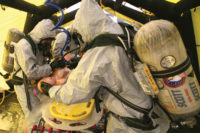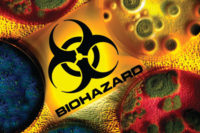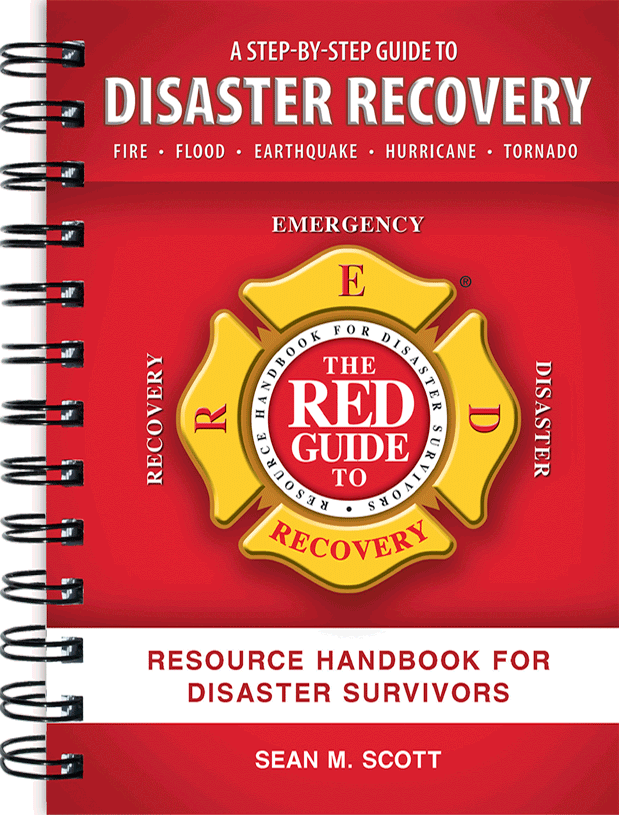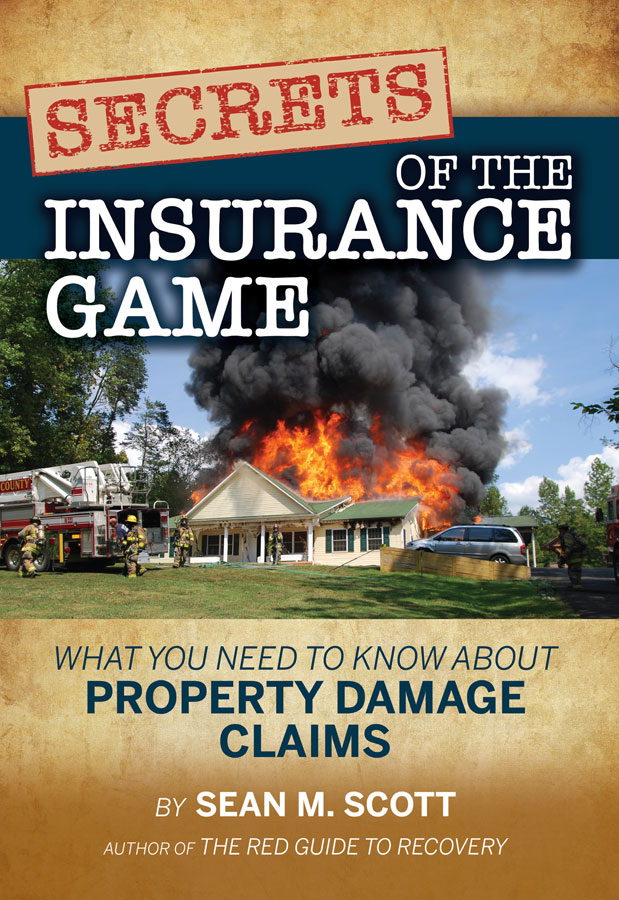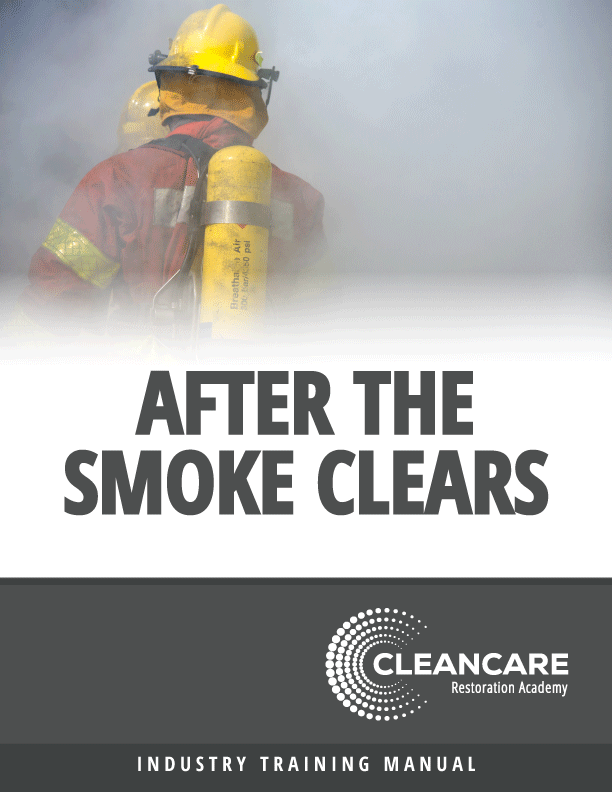The Personal Protective Equipment of Bio-Recovery
It’s always a good idea to wear a respirator, even if it’s just to make breathing more pleasant.




Personal protective equipment, or PPE, is extremely important for safeguarding restoration and remediation professionals. Its importance also can’t be downplayed when it comes to bio-recovery work, when professionals are dealing with blood borne pathogens and harmful bacteria.
“Having the right stuff, having it rated properly, is really critical,” says Kent Berg, Director of the National Institution of Decontamination Specialists (NIDS). “Any technician should always dress for the worst-case scenario.”
Berg is well-versed in bio-recovery. He’s taught the practice to over 800 companies across the country and has supervised over 1,000 crime scene and trauma cleanups. He’s also written a handful of training manuals and is currently chairing a committee that’s in the process of developing an IICRC Standard on the practice, a standard that he expects to be published sometime within the next 18 months.
Here’s a look at Berg’s recommendations for bio-recovery PPE:
Face Shield: The vast majority of jobs that we go out on, the risk, other than touch, is splash. So we want to wear something that protects the entire face from splash – eyes, nose and mouth. Disposable face shields work extremely well for that. A critical element is making sure the shield is long enough down the face so that blood splashing up doesn’t reach the mouth.
Selecting a RespiratorThe three main types of respirators used by bio-recovery specialists are filtering face piece respirators, half-face air purifying respirators (APRs) and full-face APRs. All require fit testing by a medical professional. Here’s what Berg had to say about the types of respirators: On face piece respirators: They’re basically dust masks. Even though they’re very basic, you still need to be fit tested on them to make sure they still make a decent seal. Their efficiency is very limited. They’re rated with a protection factor of 10, which means if you have 100 particles in the air, they’ll filter out about a factor of 10. They’re great when you’re using an electric saw or something that’s going to put large particles out into the air. (However), fine particulate like bacteria and viruses… these types of masks aren’t efficient at filtering these small parts out. On APR respirators: Half-face APRs – these are better (than face piece ones), but half-face respirators are still only rated with a protection factor of 10. The best respirator to routinely use, in my opinion, is a full-face APR. |
Respirator: I may have a different take on respirators than some people. My thoughts are this: There are very few respiratory hazards in our work – they are blood borne pathogens, not airborne pathogens. And the only way blood borne pathogens become airborne pathogens is if you aerosolize them. So the routine use of respirators on the majority of scenes may be only for the psychological comfort of the wearer and really not based on sound hazards. From a health standpoint in protecting you from viruses and bacteria and so forth, there may be some risk - there haven’t really been any significant studies. So we err on the side of caution on those types of jobs. It’s always a good idea to wear a respirator, even if it’s just to make breathing more pleasant.
Suits: There are only a couple of manufacturers of suits that are actually rated for blood and blood borne pathogen penetration. That’s important. It’s also recommended that you buy suits with all the options – the built-in booties, the built-in hoods, the storm flap over the zippers, the elastic at the wrists – these are all great benefits to adding additional protection. The hood, (because) things can drop on your head. The booties, so you don’t cross-contaminate your shoes. We wear the suit with the booties and then we take individual disposable booties and put those over top. We do that for the same reasons we double glove. It’s pretty common to step in something on some of these scenes and it makes it so much easier to slip off that bootie and put another one so you don’t track it through the house.
Gloves: Gloves should be a minimum of about six mils thick. The gloves should be about 11 inches from fingertip to wrist to allow enough material at the wrist to overlap the suit (and) allow for full taping of the gloves to the suit. We always double glove. The first pair of gloves you put on is taped to the suit. The second pair is not, so that they can be removed when contaminated. The type of glove that we recommend is a medical-grade glove, primarily used by paramedics. Any other material for gloves, like vinyl, is not suitable nor is it approved.
Looking for a reprint of this article?
From high-res PDFs to custom plaques, order your copy today!





